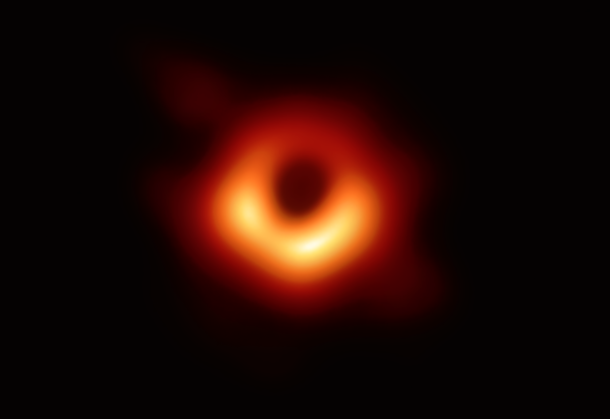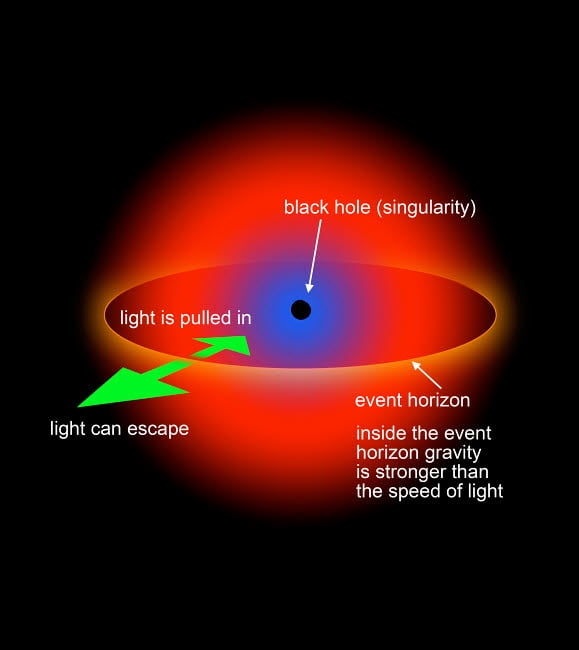
But its presence, along with the related idea of dark energy, makes up a total of 99.5 percent of the mass of the universe around us and provides the missing piece to a ton of questions in physics and cosmology.ĭark matter can and does turn into black holes, but the scientists posit that Sagittarius A* is instead a blob-like mass that will require a lot more material in order to turn into a black hole. Dark matter makes up 30 percent of the mass of our universe, yet it’s invisible and, so far, not directly observed. Even if you couldn’t see the drain directly, the behaviors around it would give you clues.ĭark matter is matter that we can’t see, but we can measure it through its effect on gravity and objects around it. Think about how soap suds behave as water swirls down your drain and what that tells you about what the drain is doing. S0-2 and other established stars are pulled every which way in their orbits around Sagittarius A*, into extreme orbits that scientists measure in order to get some idea of what the supermassive black hole is all about. That supermassive black hole is called Sagittarius A*. Scientists study these objects in orbit as a way to extrapolate what they’re actually orbiting around-in this case, “a supermassive black hole 4 million times the mass of the Sun,” ScienceAlert explains. The idea of a supermassive black hole at the center of the Milky Way is well-established, based partly on the orbit of specific stars like S0-2. What if the center of our galaxy isn’t a supermassive black hole after all, but instead, a massive amount of dark matter? That would flip our long-held understanding of the Milky Way, but in a new study, scientists from Italy, Argentina, and Colombia say the evidence stacks up. If it’s true, this could help explain how supermassive black holes originate.

The study is based on observations of the objects that orbit closest to the center.


Another possibility is that J221951 is the result of the nucleus at the heart of a galaxy switching from a dormant to an active state.Īctive galactic nuclei (AGNs) are bright areas at the heart of galaxies that blast out enough light to drown out the combined light of every star in the rest of that galaxy. The spaghettification of an unfortunate star isn't the only possible mechanism that could be causing the black hole in question to give rise to this bright transient event, however. This occurrence, called a tidal disruption event (TDE), would see some of the stellar material from the destroyed star fall to the surface of the black hole while other matter is funneled to the poles of the black hole before being blasted out at near light-speeds, generating intense electromagnetic radiation.


 0 kommentar(er)
0 kommentar(er)
